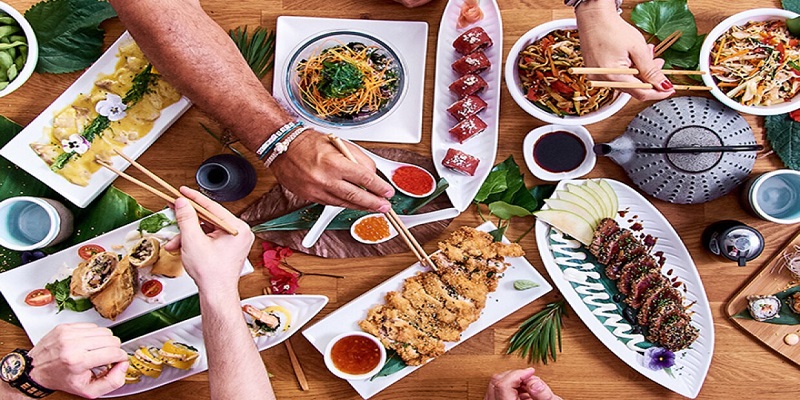
The Best Healthy Japanese Foods
Healthy eating isn’t just about replacing pizza with salad on Friday nights. Making long-term changes to your daily diet is about understanding what you’re eating and why it is good for you. It is true that one is what one consumes. In order to help you in your quest to discover new and delicious foods without feeling guilty, we’ve turned to the Japanese diet for inspiration. Japan is known for having the longest life expectancy in the world, and researchers attribute that to its diet. Dietary foods rich in sea minerals and nutrients, including calcium, potassium, magnesium, iron, and vitamins A, C, and E, make up the traditional Japanese diet. Learn about the Healthy Japanese Foods diet and why they are so good for us. As well as reducing heart disease risk, they also boost thyroid function and contain antioxidants and good bacteria. Healthy and well-balanced diets have countless benefits.
Tofu
If you’re vegetarian or want to reduce your calorie intake, tofu is a good replacement for meat since it’s loaded with protein and low in calories. All nine essential amino acids are contained in tofu. Iron, calcium, manganese, and phosphorus are all minerals found in soy. It also contains magnesium, copper, zinc, and vitamin B1. There are many different ways to prepare and serve tofu. Soft, silky tofu, perfect for miso soups or lightly battered cubes swimming in a broth of Agedashi. Tofu is a great vehicle for marinades, sauces, and noodles. You can slice all kinds of textures into the size of your choice using a Global G-80 fluted Santoku knife.
Seaweed
Seaweed is a favorite food in Japan. Sea vegetables are known as the quintessential flavoring of Healthy Japanese Foods thanks to their mineral and nutrient content. Take advantage of this versatile ingredient to boost your intake of vitamins and minerals you don’t often find in land-based foods. When it comes to dried seaweed, a little goes a long way, so use a little to add flavor, texture, and taste to your food. Below is a list of three types of seaweed used in Japan: Nori – We love munching on dried nori sheets as a healthy snack or use them to make temaki rolls or hand-rolled sushi.
Natto
Outside Japan, most people are not familiar with this slimy, odorous, sticky dish made from fermented soybeans. Natto contains protein, vitamin K2, which prevents osteoporosis, vitamin B6, folate, and pantothenic acid, as well as antioxidants and other beneficial plant compounds. Natto is available at your local Asian supermarket or online. This is typically eaten with some soy sauce, chopped green onions, and freshly cooked rice.
Miso
A popular Healthy Japanese Foods staple is miso or fermented soybean paste. There’s probably not a kitchen in Japan that doesn’t have a tub of miso paste on hand. Used to make soups and broths or to enhance sauces with umami flavor. It’s hard to beat a bowl of miso soup with wakame and tofu – not only does it taste great, but it’s also loaded with beneficial bacteria, enzymes, antioxidants, amino acids, and vitamins. Miso is known for its high protein content, which lowers cholesterol, boosts the immune system, and improves digestion.